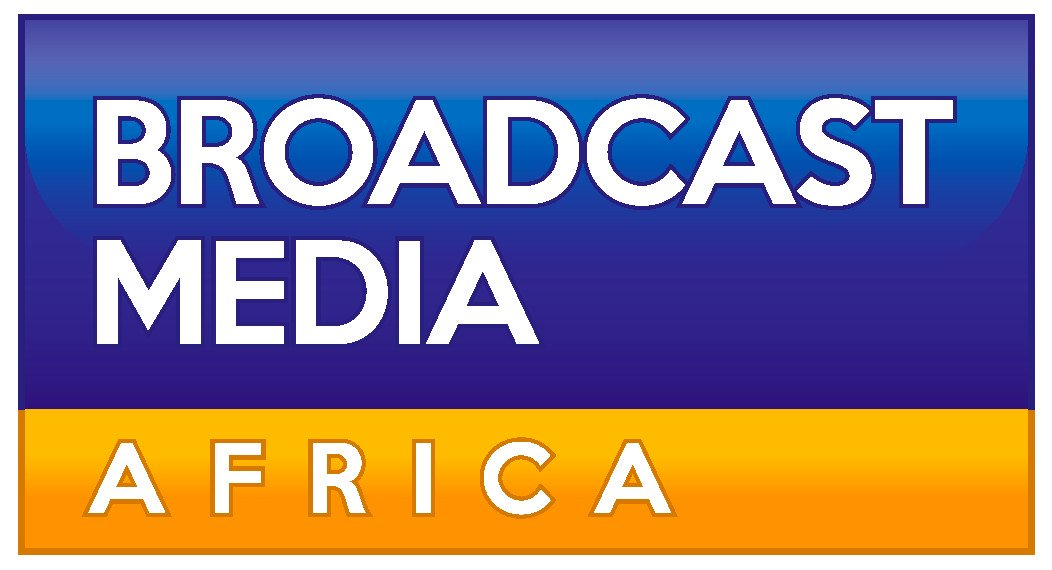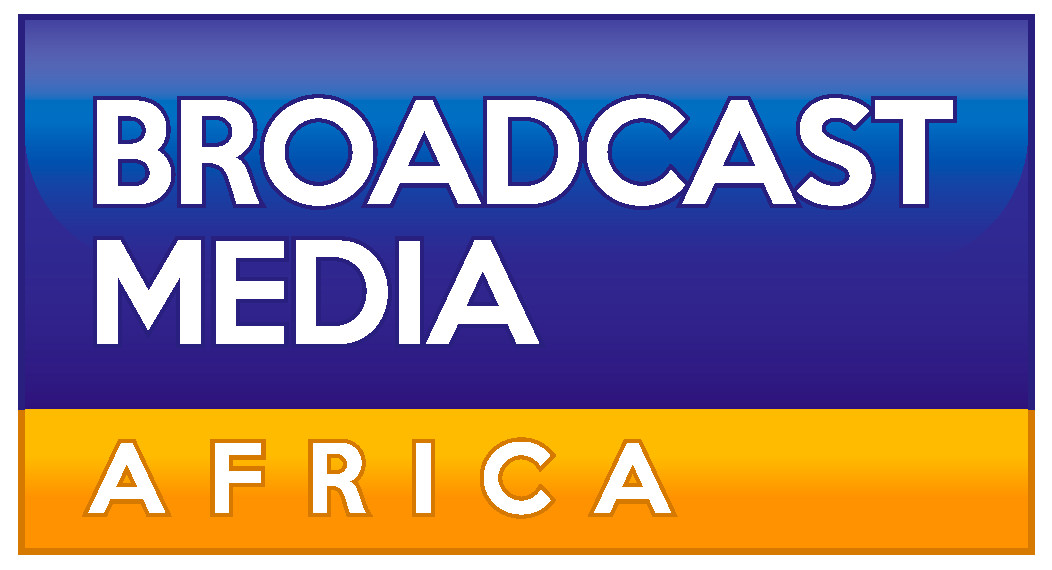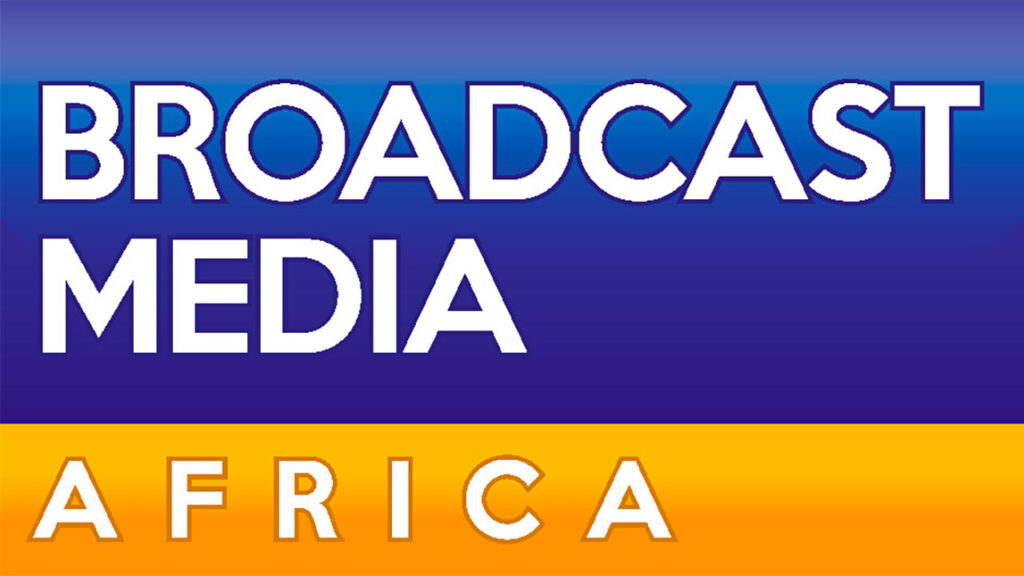

The eSwatini Copyright and Neighbouring Rights Society (ESWACOS) is making noteworthy progress in finalising licensing agreements with broadcasters as it prepares for royalty collection to commence on April 1, 2025.
Nonetheless, the organisation has encountered challenges in ensuring compliance and addressing resistance from stakeholders who may not fully understand copyright laws.
ESWACOS executive director Mmeli Hlanze discussed the significant hurdle posed by the lack of awareness around copyright protection. “One of the biggest challenges we face is the knowledge gap related to copyright laws, which often leads to resistance,” he explained. “To tackle this, we’ve held multiple meetings with broadcasters and other users to clarify the fundamental principles of the Copyright and Neighbouring Rights Act and their responsibilities regarding the compensation of copyright owners.”
Hlanze also noted the complexities of negotiating licensing fees that are fair for creators while still workable for the local broadcasting landscape. Through continued dialogue with rights holders and broadcasters, ESWACOS has established equitable rates poised to encourage growth within the creative sector.
Regarding compliance, Hlanze emphasised that royalty collection is legally enforceable, yet ESWACOS is committed to a collaborative approach. “Our focus is on demonstrating the economic benefits of copyright compliance, motivating broadcasters to actively participate in the upliftment of the creative economy,” he stated.
To ensure transparency and accuracy in how royalties are distributed, ESWACOS plans to conduct annual general meetings. During these meetings, they will report on collections and distributions to rights holders and the public. “These meetings will serve as a platform for accountability,” Hlanze said.
Additionally, the organisation adheres to a distribution policy that details the methodology for calculating royalty payouts. Hlanze reiterated that this policy is owned by the rights holders, who can amend it through general meetings if necessary. The distribution process will also incorporate modern technology for monitoring music usage, analysing data, and identifying rightful recipients. “These technologies are widely available, and ESWACOS, like other Collective Management Organisations (CMOs), will integrate them into our distribution operations,” he noted.
As the sole authority for copyright administration in eSwatini, ESWACOS is rolling out a five-year strategic plan designed to strengthen copyright protection while supporting artists across various creative fields.
The initiative incorporates educational and empowerment programs to improve rights holders’ understanding and management of copyrights. Hlanze pointed out that this effort extends beyond musicians, benefiting individuals in other copyright-related sectors, including writers, book publishers, illustrators, photographers, filmmakers, and actors.
“Our comprehensive approach to capacity-building will leave no stone unturned, ensuring support for authors, producers, and performers across all copyright industries protected under the Copyright and Neighbouring Rights Act,” he affirmed.
Additionally, ESWACOS is working on social and developmental programs to address social security issues among rights holders. Some initiatives, such as a development fund, are anticipated to launch within the year.
“Our vision encompasses a holistic framework for the entire creative sector, not limited to just music,” Hlanze concluded.











